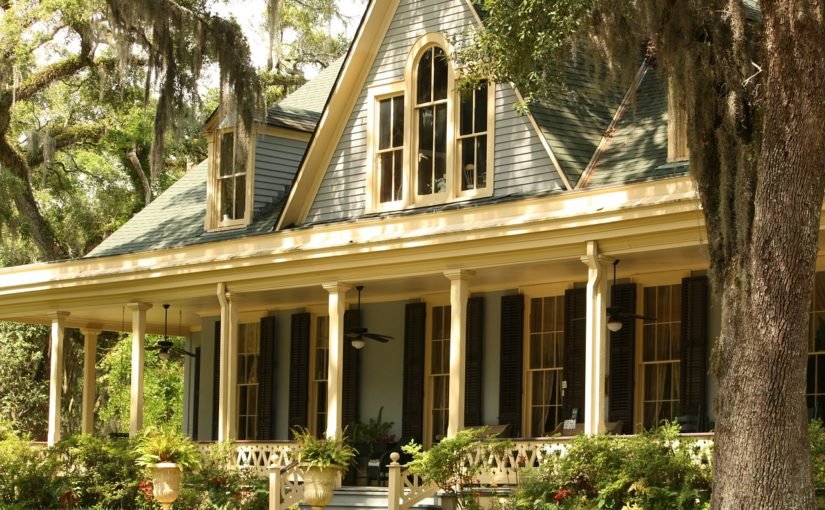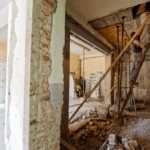Historic homes provide their owners with an atmosphere that is difficult to replicate because they carry warmth and character from decades of design and usage. Yet, wear and tear and natural deterioration over time causes damage that can result in large, expensive repairs if not properly dealt with before cosmetic upgrades. Whether you’re renovating to make your historic home more modern or to restore it to its former glory, you need to focus on underlying damage today to prevent high-cost, disruptive emergency repairs later. Focus on these three areas before you even think about cosmetic changes:
Structure
Many historic homes have structural problems that homeowners fail to address before cosmetic renovations. They update or restore the interiors of rooms while ignoring the underlying decay. Primary building materials, especially wood, concrete, plaster, mortar, brick and stone, can seem fine on the surface. Inspect the building and address any weaknesses, such as cracks and crumbling. Areas that commonly experience hidden deterioration include support beams, foundation walls, stairs, window frames, fireplaces, chimneys and the roof. It’s important to renovate with house settling in mind as well so that the structure experiences less damage in the future as it continues to settle. Also, hire a pest control specialist to eliminate and prevent insects, such as termites and wood-boring beetles, to protect older materials that are still in good shape and any new replacement materials.
Wires
Wild animals chew through wires, which can eventually cause sparks and fires. Your home might also have wiring that’s so old that it poses a fire hazard because of cracks in outer wire casing or surge damage. Additionally, historic homes don’t typically have the wires and cables necessary to meet modern electrical, communications and smart technology requirements unless previous owners made upgrades. You might literally melt wires by plugging modern devices into an outlet that doesn’t have up-to-date electrical wires. Some old homes also don’t have ground safety systems to deal with surges. Focus on making certain that your historic home is wired to handle all of these areas, including heavy power draws, lightning strikes, device energy leaks at outlets, high speed internet and smart appliances.
Boiler
Lastly, historic homes often have boiler systems with radiators instead of forced air HVAC systems. An older boiler can experience a fault that leads to failure. Not only does a failure mean that you might lose heat in the middle of winter, but a rare boiler or attached system explosion might happen as well. It’s important to hire a professional to inspect and repair the one or more boilers installed in your home prior to cosmetic renovations to prevent heating emergencies and catastrophic incidents. A professional can check pipes and seals and flush out lines. They can also show you how to properly care for the system. In addition, they can make certain that everything is running as efficiently as possible.
If you’re concerned about upfront costs, take a moment to consider how much more you might have to pay out during an emergency: Once you’ve renovated a room, you lose money if a technician has to rip out flooring or walls to perform repairs in one of these areas. By focusing on these three areas now rather than later, you can move forward with cosmetic updates without worry. Think about these renovations as investments that save you money and time in the long run.







